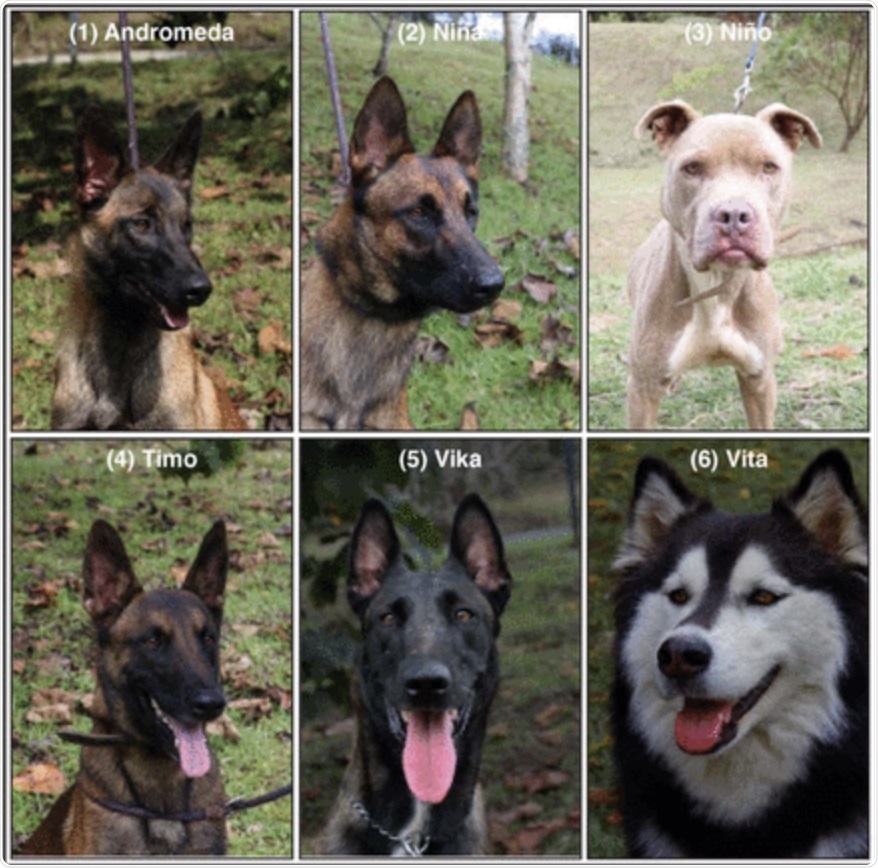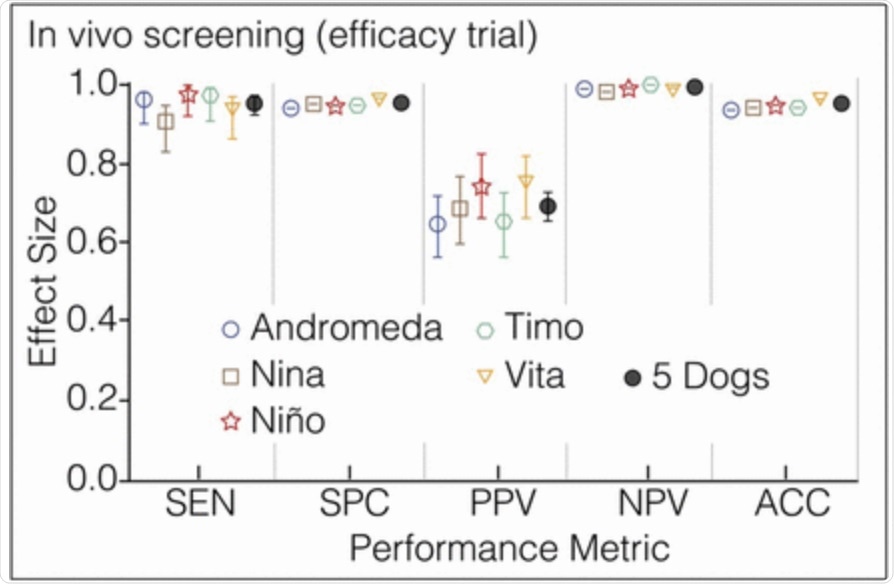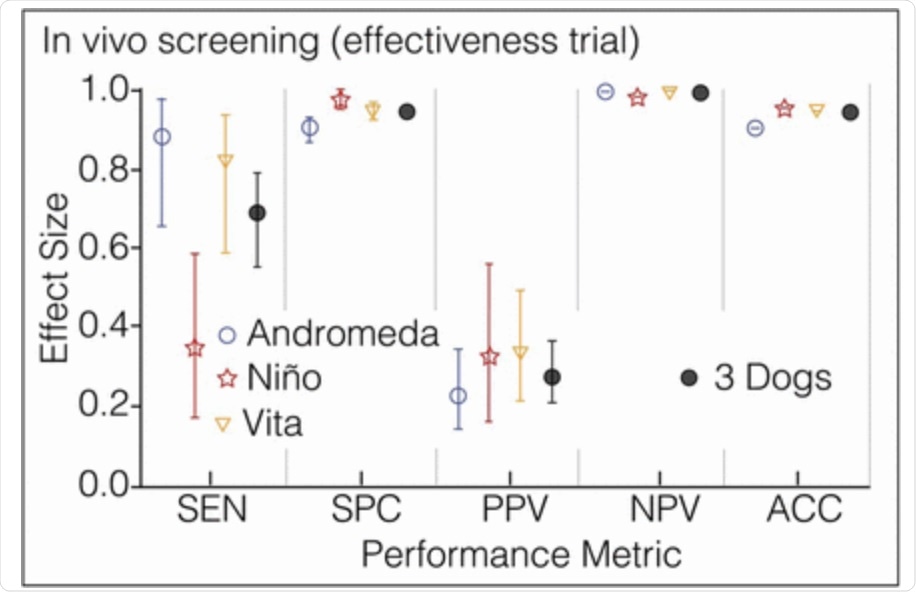The gold standard for the testing of the severe acute respiratory syndrome coronavirus 2 (SARS-CoV-2), the virus responsible for COVID-19, is the reverse transcriptase-polymerase chain reaction (RT-PCR). RT-PCR accurately excludes all uninfected samples with a specificity of 100%.
However, this analytical technique is also associated with several limitations, of which include a lack of its widespread availability and limited sensitivity during the first five days after exposure. This pre-symptomatic period between the time of exposure and the following 5 days largely contributes to its widespread transmission rates.
Lateral-flow antigen tests have been developed as an alternative, cheap, widely accessible, and rapid detection method for SARS-CoV-2. This diagnostic technique is both 100% specific and sensitive during the first five days following infection, thereby compensating for the period during which RT-PCR is inadequate for SARS-CoV-2 detection.
Widespread testing is an efficient way to screen and detect COVID-19 cases early in the infectious period in order to isolate these individuals before further transmission can occur. Despite its repeated utilization throughout the entire pandemic in most parts of the world, this strategy is labor-intensive, time-consuming, and expensive.
Canine detectors
Volatile organic compounds (VOCs) are the olfactory fingerprint of any scent. Dogs have been used to sniff out a wide range of VOCs from contraband cargo to various types of human scents. Their utility in medical diagnoses has been repeatedly established in various experiments; however, clinicians have failed to incorporate dogs into their diagnostic processes.
Recently, a detailed protocol was found to confirm the ability of dogs to identify the presence of infections by two different plant pathogens more accurately than quantitative PCR.
With this in mind, researchers began investigating the ability of dogs for diagnosing SARS-CoV-2. In their effort, dogs were trained on human samples to identify the scent of COVID-19, which has produced promising results. The current study used body odor as the test specimen.
Accurate detection of COVID-19 cases
Using a set of six dogs that were trained to detect the presence of SARS-CoV-2 in human airway secretions in vitro, five were trained to pick up the same smell from human beings directly.
 Pictures and identification of the six dogs trained for the scent-detection of SARS-CoV-2.
Pictures and identification of the six dogs trained for the scent-detection of SARS-CoV-2.
The efficiency by which the dogs could identify the scent was then directly matched against RT-PCR results in approximately 850 subjects. This group contained three different cohorts with varying disease prevalence.
One cohort in this study was a set of approximately 270 hospitalized patients, of whom 30% had COVID-19. The second cohort was comprised of about 260 hospital workers, with a COVID-19 prevalence of about 2.7%. Thirdly, 320 government employees with a COVID-19 incidence of 1.25% were tested.
The dogs were able to accurately identify the presence of the viral ribonucleic acid (RNA) at a limit of detection (LOD) of less than 1012 copies per milliliter (mL) in the human samples. In human subjects, every dog successfully identified the 92 COVID-19-positive subjects in their first attempt. Successful detection was independent of the prevalence of COVID-19, the duration since the individual was exposed, or the presence of symptoms.
The accuracy of detection was 95%, with the dogs correctly detecting almost 96% and 95% of the COVID-19 patients and test subjects without the disease, respectively.
A positive result predicted a true positive 70% of the time, while a negative result was almost 100% reliable, independent of disease severity. However, the positive predictive value (PPV) of a positive test was correlated with the prevalence of the disease in the cohort. The negative predictive value (NPV) remained high
 In vivo screening (efficacy trial). Prevalence, 10.5%. Each symbol has a different color to ease the visualization of the dogs. The vertical lines above and below the symbols represent the 95% confidence interval for each metric, which is contained within the symbol for SPC, NPV, and ACC.
In vivo screening (efficacy trial). Prevalence, 10.5%. Each symbol has a different color to ease the visualization of the dogs. The vertical lines above and below the symbols represent the 95% confidence interval for each metric, which is contained within the symbol for SPC, NPV, and ACC.
Real-life efficacy
Following these highly promising results, the researchers allowed 75 days to elapse before the dogs were again tested. This second test involved the dogs smelling passengers in a metro rail system in Medellin. The dogs were not given any further training nor were the passengers informed beforehand.
Three dogs were allowed to sniff 550 riders who volunteered for the test, all of whom also underwent RT-PCR testing. Like the initial experiment, these dogs also correctly identified 99% of riders without the virus, at a rate of fewer than 5 seconds per person.
 In vivo screening (effectiveness assay). Performance metrics of three dogs in the Metro System of Medellin; prevalence, 3.1%. Each symbol has a different color to ease the visualization of the dogs. The vertical lines above and below the symbols represent the 95% confidence interval for each metric, which is contained within the symbol for NPV and ACC.
In vivo screening (effectiveness assay). Performance metrics of three dogs in the Metro System of Medellin; prevalence, 3.1%. Each symbol has a different color to ease the visualization of the dogs. The vertical lines above and below the symbols represent the 95% confidence interval for each metric, which is contained within the symbol for NPV and ACC.
False positives or pre-symptomatic detection?
Conversely, of the individuals who were identified as COVID-19-positive by the dogs, only 28% were confirmed by RT-PCR, indicating a much lower positive predictive value in real life. This must be modified by the strong possibility that some of these “false positives” may actually be in the pre-symptomatic phase of the illness.
This hypothesis arises because the LOD of the canine detection capability is extremely low and RT-PCR is quite insensitive for up to the fourth day from the initial infection. If this theory is correct, the dogs are actually detecting cases much earlier than would otherwise be possible when RT-PCR testing is used.
In fact, of the three nurses marked as positive by the dogs during the training phase, all of whom were tested negative by RT-PCR, all became symptomatic with COVID-19 within 4-7 days, thereby supporting this theory. Even touching a COVID-19-positive individual leaves a distinctive scent print that is picked up by the dogs, as demonstrated during the training phase.
Taken together, trained dogs are identifying potential cases of COVID-19 by detecting contamination with the virus, long before infection sets in.
What are the implications?
Dogs can accurately detect the presence of COVID-19 in humans with an accuracy of over 99% for infected individuals. The LOD of canine detection in vitro was almost the same as that achieved using pure chemicals.
Interestingly, the dogs were all of different breeds, thereby indicating that the characteristics of the individual canine are more important than the breed in determining their detection capabilities. Training the dogs to recognize the odor of COVID-19 in fresh saliva was surprisingly rapid, with just three infected patients being used in training.
The researchers also point out that these dogs did generalize rapidly from the presence of COVID-19 odors in training sets to actual individuals in real life. This suggests that consistently minimizing the ability of dogs to think inferentially has led clinicians and medical researchers to ignore evidence that canines can contribute to the rapid and accurate diagnosis of infectious diseases like COVID-19.
The high number of false positives in the real-life setting could partly be explained by the exquisite sensitivity of the canine olfactory receptors in the presence of the virus, even in the form of contamination. Moreover, there were 43 hospitalized patients with non-COVID-19-respiratory illness, including bacterial and viral pneumonia. Not a single one of these patients were identified to be positive for COVID-19 by any dog in the current study.
The use of canine detectors is safe for the humans involved. Since dogs do not acquire SARS-CoV-2 infection even after close contact with infected individuals, their safety is also maintained while being used for this purpose.
“These data suggest that well-trained dogs may aid the safe re-opening of economies and educational systems, while offering an efficient way to control the pandemic.”
In the event that it becomes clear that it is not useful to detect contamination before actual infection sets in – which is itself a research question to be answered - the dogs must be trained to discriminate the presence of the odors above a background environmental threshold to distinguish true infection from contamination.

 This news article was a review of a preliminary scientific report that had not undergone peer-review at the time of publication. Since its initial publication, the scientific report has now been peer reviewed and accepted for publication in a Scientific Journal. Links to the preliminary and peer-reviewed reports are available in the Sources section at the bottom of this article. View Sources
This news article was a review of a preliminary scientific report that had not undergone peer-review at the time of publication. Since its initial publication, the scientific report has now been peer reviewed and accepted for publication in a Scientific Journal. Links to the preliminary and peer-reviewed reports are available in the Sources section at the bottom of this article. View Sources
Journal references:
- Preliminary scientific report.
Vesga, O., Agudelo, M., Valencia-Jaramillo, A. F., et al. (2021). Highly sensitive scent-detection of COVID-19 patients in vivo by trained dogs. medRxiv preprint. doi: https://doi.org/10.1101/2021.05.30.21257913. https://www.medrxiv.org/content/10.1101/2021.05.30.21257913v1.
- Peer reviewed and published scientific report.
Vesga, Omar, Maria Agudelo, Andrés F. Valencia-Jaramillo, Alejandro Mira-Montoya, Felipe Ossa-Ospina, Esteban Ocampo, Karl Čiuoderis, et al. 2021. “Highly Sensitive Scent-Detection of COVID-19 Patients in Vivo by Trained Dogs.” Edited by Etsuro Ito. PLOS ONE 16 (9): e0257474. https://doi.org/10.1371/journal.pone.0257474. https://journals.plos.org/plosone/article?id=10.1371/journal.pone.0257474.